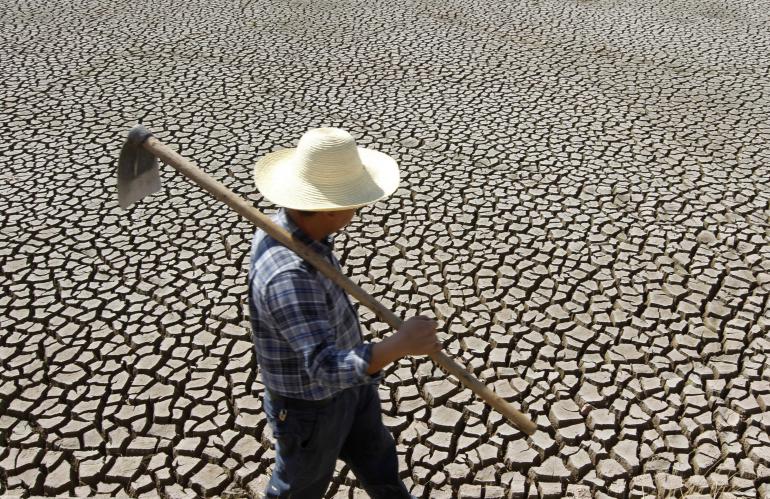Supporting Temperance Flat to Increase Groundwater Recharge
Building Above Ground Water Storage Enables Groundwater Recharge
By Laurie Greene, Founding Editor
Dramatically helping to recharge groundwater storage is one of the major benefits of the proposal to build Temperance Flat Dam behind Friant Dam, located to the north and east of Fresno. The new dam would triple the storage that is currently available with Friant Dam. Mario Santoyo, the executive director of the San Joaquin Water Authority, is helping the organization prepare the package to submit to the Water Commission by the August 14 deadline.
“We will be making timed releases to various water districts and amenities that will have groundwater recharging basins,” Santoyo said. “First, we need storage and then some time to move above ground water to underground storage. This is a physics necessity and directly counters those who argue we should not build above ground infrastructure if we need only underground storage. Well, if you don’t have above ground water storage, you ain’t putting any below. It is as simple as that.”
“There are two water conveyances from Friant and [the proposed] Temperance Flat Dams: the Friant-Kern Canal – the longest of the two primary canals – and the Madera Canal. Friant moves water south to Bakersfield, and Madera conveys it north to Chowchilla.”
“We will have one of the strongest applications to receive monies,” said Santoyo, assuring that the water authority will receive the package on time.
Now this is important,” Santoyo stressed. “A new video, ‘Build Temperance Flat,’ is now on YouTube. The video aims to educate Californians on the importance of building Temperance Flat Dam.” Santoyo urges those who are on social media to send the URL: https://www.youtube.com/watch?v=f30o_dQNmn8 “to as many people as you can!”
















